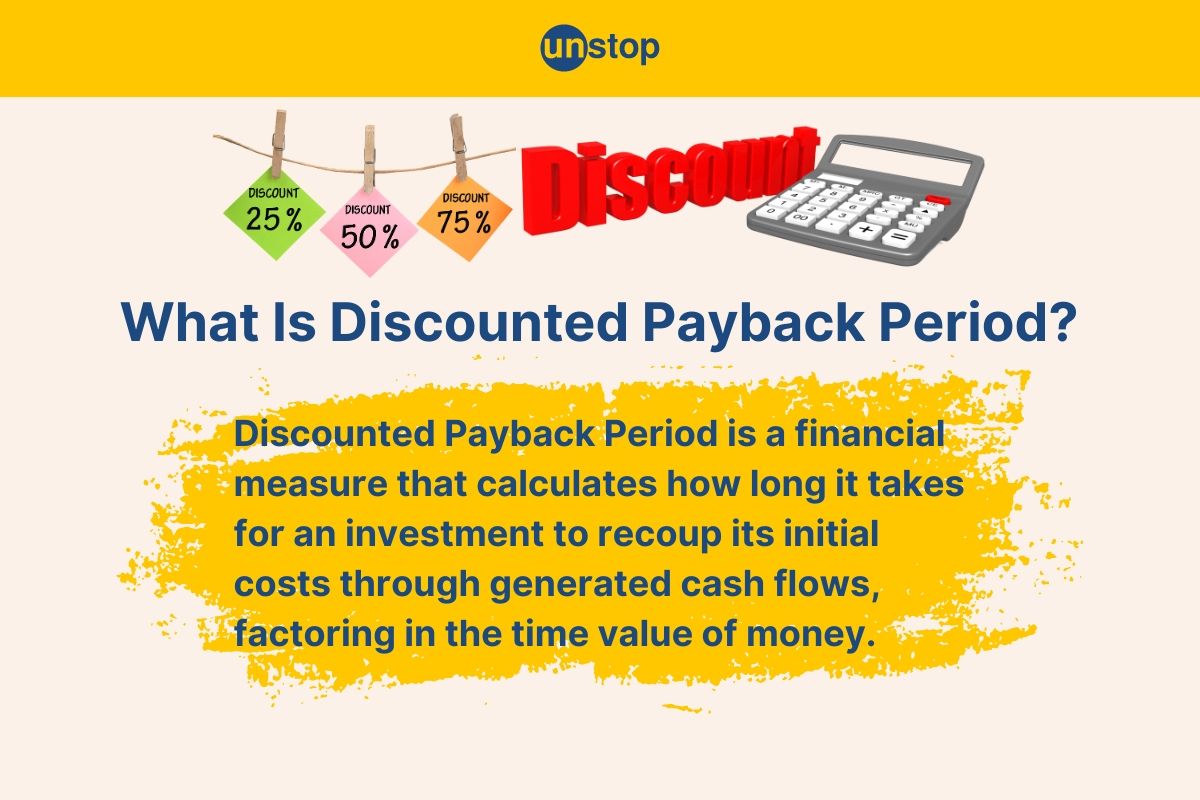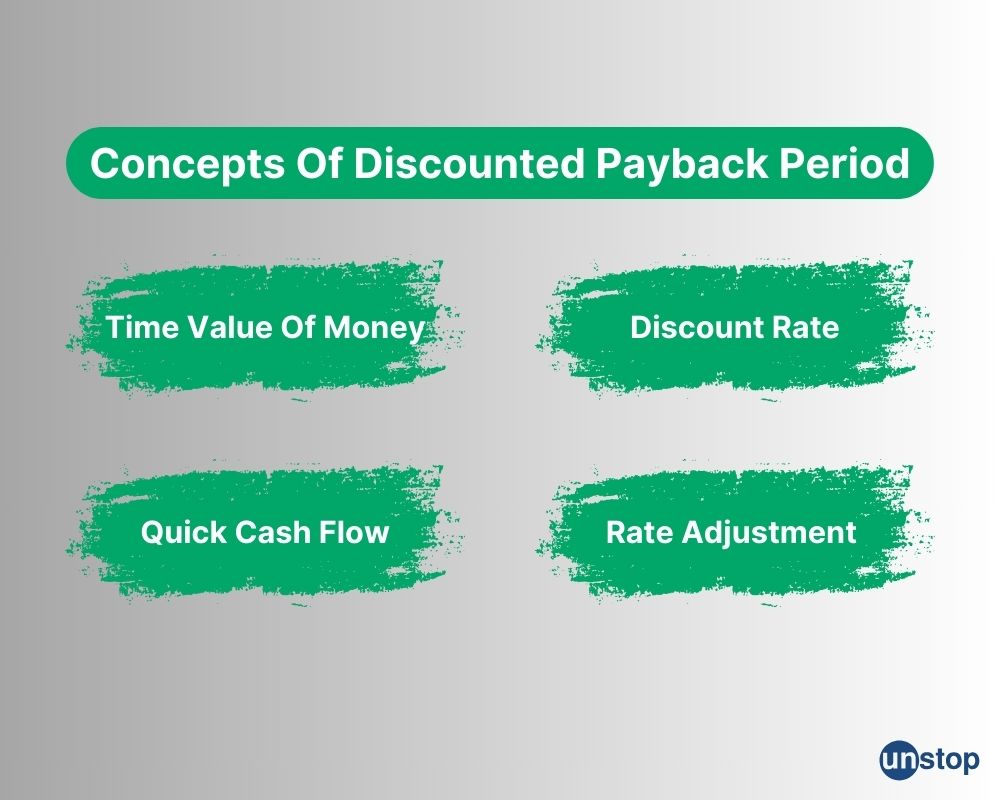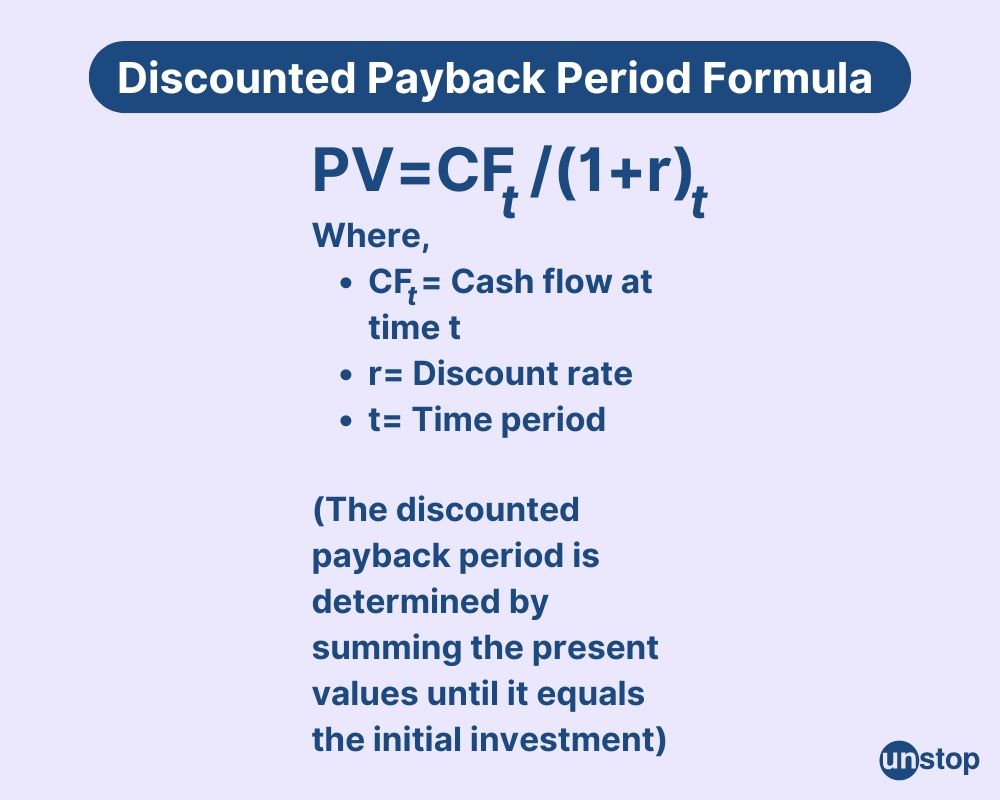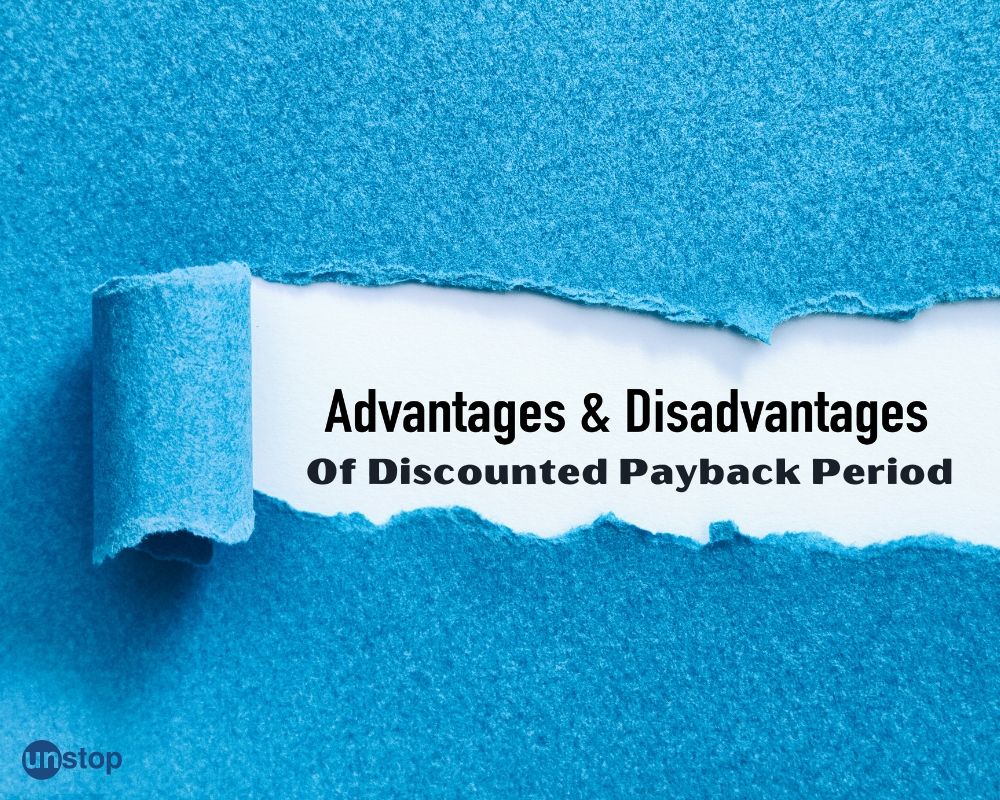- What Is Walter's Model Of Dividend?
- Key Concepts Of Walter's Model
- Dividend Policies
- Walter's Model Formula And Assumptions
- Model Limitations
- Conclusion
- Frequently Asked Questions
- Exploring Cash And Fund Flow
- Importance Of Cash & Fund Flow Statement
- Components Of Cash & Fund Flow Statement
- Exploring The Key Differences With Examples
- Significance And Application
- Advantages And Disadvantages
- Conclusion
- Frequently Asked Questions
- Definition Of Comparative Statement
- Types Of Comparative Statements
- Formulas For Comparative Statement
- Example Of Comparative Income Statement
- Preparing Comparative Statement
- Steps For Income & Balance Sheets
- Understanding Cash Flow Comparisons
- Practical Examples Explained
- Limitations And Considerations
- Conclusion
- Frequently Asked Questions (FAQs)
- Definition Of Dividend Decision
- Key Factors Influencing Dividend Decision
- Objectives Of Dividend Decision
- Theories And Determinants
- Policies Of Dividend Decision
- Conclusion
- Frequently Asked Questions (FAQs)
- Role of Fund Flow Statement Analysis
- Key Objectives of Preparing a Fund Flow Statement
- Importance of a Fund Flow Statement
- How to Prepare a Fund Flow Statement: A Step-by-Step Guide
- Fund Flow Statement vs. Cash Flow Statement
- How Fund Flow Analysis Empowers Investors and Management
- Limitations of a Fund Flow Statement
- Conclusion
- Frequently Asked Questions (FAQs)
- Definition Of Financing Decision
- Types Of Financial Decisions
- Examples Of Financing Decisions
- Key Factors In Financial Decision-Making
- Theories Of Financial Decision
- Analyzing Costs And Risks
- Evaluating Market & Regulatory Impacts
- Conclusion
- Frequently Asked Questions (FAQs)
- Definition Of Finance Function
- Core Components Of Finance Function
- Functions Of Financial Management
- Importance Of Finance Decision
- Scope Of Finance Function
- Objectives Of Financial Management
- Integrating Decisions Into Business Strategy
- Conclusion
- Frequently Asked Questions (FAQs)
- Definition Of Profit & Wealth Maximization
- Top 5 Key Differences Highlighted
- Calculation Method (Formula)
- Which Approach Is More Sustainable
- How It Impacts Different Stakeholders
- Role Of Decision-Making In Maximization
- Conclusion
- Frequently Asked Questions (FAQs)
- Definition Of Capital Structure
- Top 10 Factors Affecting Capital Structure
- Conclusion
- Frequently Asked Questions (FAQs)
- Defining Working Capital Cycle
- Importance Of Working Capital Cycle
- Components Of Working Capital Cycle
- Steps Of Working Capital Cycle
- Formula Used For Calculation
- Positive vs Negative Working Capital
- Reducing The Cycle
- Conclusion
- Frequently Asked Questions
- What is a Common Size Statement?
- Common Size Statement Format & Formula
- Common Size Statement Analysis
- Importance of Common Size Statement
- Difference Between Common Size and Comparative Statement
- Conclusion
- Frequently Asked Questions (FAQs)
- Definition Of Gordon Growth Model
- Formula & Example Of GGM
- Applications In Investment Valuation
- Gordon Growth Vs. Dividend Discount Model (DDM)
- Pros And Cons Of The Model
- Conclusion
- Frequently Asked Questions (FAQs)
- Definition & Concept Of Maximization
- Importance & Benefits Of Wealth Maximization
- Approaches & Challenges
- Wealth Maximization Vs. Profit Maximization
- Strategies To Implement Wealth Maximization
- Relation Of Psychological Aspects & Wealth
- Conclusion
- Frequently Asked Questions (FAQs)
- What Is Investment Decision? (Meaning)
- Key Factors Influencing Investment Decisions
- Importance of Investment Decision
- Exploring Capital Budgeting Methods
- Net Present Value Vs Internal Rate Of Return
- Addressing Inflation Effects
- Conclusion
- Frequently Asked Questions (FAQs)
- What Is Discounted Payback Period?
- Understanding The Basic Concept
- Formula & Calculation With Example
- Advantages, Disadvantages And Application
- Payback Vs. Discounted Payback
- Role & Influence Of Decision Rule Explained
- Conclusion
- Frequently Asked Questions (FAQs)
- What Is Working Capital Management
- Key Components Of Working Capital
- Importance Of Working Capital Management
- Working Capital Cycle & Formula
- Key Ratios In Working Capital Management
- Factors Influencing Working Capital
- Strategies For Working Capital Management
- Conclusion
- Frequently Asked Questions (FAQs)
- Meaning Of Financial Sources In Business
- Primary And Secondary Sources Of Finance
- Top 7 Sources Of Finance For Business
- Traditional Vs Modern Sources Of Finance
- Classification Of Finance Sources Based On Time Period
- Classification & Impact Based On Ownership
- Strategies For Choosing The Right Sources Of Finance
- Conclusion
- Frequently Asked Questions (FAQs)
- What Is Profitability Index?
- Key Features Of PI As A Financial Tool
- Profitability Index Formula
- How To Calculate Profitability Index
- Advantages & Disadvantages Of PI
- Conclusion
- Frequently Asked Questions (FAQs)
- What Is Annual Recurring Revenue?
- Importance Of ARR For Business Growth
- Formula And Steps To Calculate ARR
- Differences Between ARR and MRR
- Conclusion
- Frequently Asked Questions
- What Is Capital Budgeting?
- Types & Features Of Capital Budgeting
- Importance Of Capital Budgeting
- Methods Used In Capital Budgeting
- Capital Budgeting Process
- Capital Budgeting Vs. Operational Budgeting
- Conclusion
- Frequently Asked Questions (FAQs)
- What Is Financial Statement Analysis?
- Importance & Benefits
- Types Of Financial Statement Analysis
- Methods Of Financial Statement Analysis
- Steps In Financial Statement Analysis
- Conclusion
- Frequently Asked Questions (FAQs)
- What Is The Cost Of Capital?
- Key Components Of Cost Of Capital
- WACC & Formula
- Factors Influencing Cost Of Capital
- Role Of Cost Of Capital In Financial Decisions
- Role In Investment Decisions & Mergers
- Impact On Business Operations & Strategies
- Conclusion
- Frequently Asked Questions
- What Is Internal Rate Of Return (IRR) In Finance?
- Key Concepts Of IRR
- Formula To Calculate Internal Rate Of Return
- Applications Of IRR In Finance
- Limitations & Challenges Of IRR
- Conclusion
- Frequently Asked Questions (FAQs)
- What Is Cost of Equity?
- Key Factors Affecting Cost Of Capital
- Role Of Cost Of Equity In Finance
- Methods to Calculate Cost of Equity
- Formula Of Cost Of Equity
- Components Of Cost Of Equity
- Cost Of Equity Vs. Related Financial Concepts
- Conclusion
- Frequently Asked Questions (FAQs)
- What Is Ratio Analysis?
- Importance Of Ratio Analysis
- Types Of Financial Ratios Analysis
- Methods Used To Conduct Ratio Analysis
- Applications And Examples
- Conclusion
- Frequently Asked Questions (FAQs)
- What Is Net Present Value (NPV)?
- Why Use NPV? Top 5 Benefits
- NPV Formula Explained
- Steps To Calculate NPV With Example
- Positive Vs. Negative NPV
- Advantages And Disadvantages Of NPV
- NPV Vs. Other Financial Metrics
- Conclusion
- Frequently Asked Questions
- What Is The Time Value Of Money?
- Time Value Of Money Formula
- Importance Of Time Value Of Money
- Methods & Techniques Of Time Value of Money
- Relationship Between Opportunity Cost And Time Value
- Inflation's Impact on Time Value
- Conclusion
- Frequently Asked Questions (FAQs)
- What Is Financial Management?
- Types of Financial Management
- Importance of Financial Management
- Key Functions Of Financial Management
- Best Practices For Financial Management
- Conclusion
- Frequently Asked Questions
- What Is Leverage In Financial Management?
- Types Of Leverage In Financial Management
- Financial Leverage Formula
- Risks & Benefits Of Financial Leverage
- Conclusion
- Frequently Asked Questions
- What Is A Dividend?
- Types Of Dividends
- Dividend In Financial Management
- Examples Of Dividend
- Impacts Of Dividends On Share Prices
- Reasons Companies Pay or Not Pay Dividends
- Conclusion
- Frequently Asked Questions
Discounted Payback Period: Definition, Formula, Calculation & More

Want to make informed decisions and assess risk more accurately? The discounted payback period not only considers when an investment breaks even but also adjusts for the cost of capital, giving you a clearer picture of its profitability.
Explore how this metric can elevate your financial analysis and empower your investment strategies.
What Is Discounted Payback Period?
The Discounted Payback Period is a key financial measure that assesses how long it takes for an investment to recoup its initial expenses through generated cash flows, factoring in the time value of money.
Unlike the traditional payback period, which does not account for the time value of money, the discounted payback period provides a more accurate measure by discounting future cash flows to their present value.
Understanding The Basic Concept
Let us study the basic concepts of discounted payback period:

Time Value of Money
The time value of money is an essential idea in finance, which means that having a dollar now is more valuable than receiving a dollar later because of its potential to earn. The discounted payback period takes this principle into account by applying a discount rate to future cash flows.
Discount Rate
The discount rate, often the weighted average cost of capital (WACC) or a required rate of return, is used to calculate the present value of future cash flows. This rate reflects the opportunity cost of investing in a particular project versus alternative investments.
Rate Adjustment
Compared to the standard payback period, which solely focuses on the time taken to recoup the initial investment, the discounted payback period accounts for the appropriate discount rate. This adjustment reflects the opportunity cost of tying up capital and ensures a more comprehensive assessment.
Cash Flow Generation
A shorter discounted payback period signifies that a project generates quicker cash flows to cover the initial investment costs. This rapid recovery indicates higher liquidity and reduced risk exposure for the investor, making it an attractive metric for decision-making in capital budgeting.
Formula & Steps For Calculation
Let us study the formula and steps to calculate the discounted payback period:
Formula
To find the Discounted Payback Period, you need to calculate the present value of every cash flow. After that, add these values together until you have recouped your initial investment. Here's the formula:

Calculation Steps
Determine Cash Flows: Estimate the cash inflows generated by the investment over its lifespan.
Discount Cash Flows: Apply the discount rate to each future cash flow to convert them to present value terms.
Accumulate Discounted Cash Flows: Sum the discounted cash flows over time until the total equals or exceeds the initial investment.
Calculate Payback Period: The discounted payback period is the time it takes for the cumulative discounted cash flows to match the initial investment.
Advantages, Disadvantages & Application
Let us look at some of the advantages and disadvantages of a discounted payback period:

Advantages
Time Value Consideration: By accounting for the time value of money, the discounted payback period provides a more accurate measure of investment profitability compared to the simple payback period.
Risk Assessment: It helps assess the risk associated with an investment by highlighting how long it takes to recover the initial investment in present value terms.
Comparative Analysis: Useful for comparing projects with different cash flow patterns and investment durations, as it incorporates the time value of money.
Disadvantages
Complexity: The calculation is more complex than the traditional payback period, requiring the estimation of future cash flows and a suitable discount rate.
Does Not Measure Profitability: While it shows the time required to recover the investment, it does not provide information about the overall profitability or the cash flows generated after the payback period.
Focus on Recovery: It focuses primarily on how quickly an investment can be recovered rather than the total value generated, potentially overlooking long-term benefits.
Applications
Project Evaluation: Used in capital budgeting to assess the feasibility of projects and compare different investment opportunities.
Risk Management: Helps in evaluating investments with high uncertainty or those with significant future cash flows.
Financial Planning: Useful for investors and companies to gauge the efficiency of investments and make informed financial decisions.
Payback Vs. Discounted Payback
Let us study the differences and similarities between payback and discounted payback:
Accuracy Comparison
The payback period indicates the time required for an investment to recoup its initial expenses through incoming cash without accounting for the time value of money.
In contrast, the discounted payback period takes into account the present value of expected future cash flows, offering a more precise evaluation of an investment's true profitability.
Decision-Making Implications
When comparing both methods, a discounted payback period guides investors towards projects that generate higher returns adjusted for the time value of money.
Investors using the discounted payback period are less likely to overlook the impact of time on their investments. This method ensures that projects with extended payback periods are not favoured over those offering quicker returns, leading to wiser capital allocation decisions.
Importance Of Shorter Payback Periods
Choosing investments with shorter discounted payback periods is essential for maximizing profitability and minimizing risks. Projects with quicker returns allow businesses to reinvest profits sooner, leading to faster growth and increased financial stability.
Role & Influence Of Decision Rule Explained
Lastly, let us study the role and influence of decision rule in the discounted payback period:
Role
The decision rule linked to the discounted payback period is crucial in determining whether an investment should be pursued. Investments with a payback period shorter than the asset's useful life can be accepted. This rule helps companies assess the feasibility of projects and make informed decisions.
When evaluating investments, the discounted payback period plays a significant role in providing a more accurate picture of the project's profitability. By considering the time value of money, this metric accounts for the opportunity cost of capital and adjusts for risk. As a result, it offers a more realistic perspective on the investment's potential returns.
Influence
The discounted payback period influences decision-making processes by offering insights into the recovery of initial investment costs. It aids in identifying investments that not only recoup their costs but also generate profits within a reasonable timeframe.
This metric guides organizations in selecting projects that align with their financial objectives and long-term strategies.
Conclusion
In summary, the discounted payback period is a valuable financial metric that improves upon the traditional payback period by incorporating the time value of money. It offers a more accurate measure of how long it takes to recover an investment, considering the discounted value of future cash flows. While it provides useful insights, it should be used alongside other metrics to evaluate the overall profitability and attractiveness of an investment.
Understanding the discounted payback period can be a game-changer in your financial decision-making. By factoring in the time value of money, you gain a more accurate picture of when an investment will start reaping profits.
Time For A Short Quiz
Frequently Asked Questions (FAQs)
1. What is the discounted payback period?
The Discounted Payback Period is a key financial measure that assesses how long it takes for an investment to recoup its initial expenses through generated cash flows, factoring in the time value of money.
2. How do I calculate the discounted payback period?
To find the Discounted Payback Period, first apply a discount rate to each cash flow. Next, identify when the total of these discounted cash flows matches the original investment amount.
3. What is the difference between payback and discounted payback?
The payback period focuses solely on how long it takes to recover the initial investment. In contrast, the Discounted Payback Period takes into account the time value of money by applying discounts to future cash flows. This approach offers a clearer picture of how profitable an investment truly is.
4. When should I use discounted payback analysis?
Discounted payback analysis is beneficial when evaluating investments with significant long-term cash flow projections. It helps account for the risk associated with future cash flows and provides a more realistic outlook on investment recovery.
5. How does the decision rule apply to discounted payback?
According to the discounted payback rule, an investment is considered worthwhile if its payback period, adjusted for the time value of money, is shorter than or equal to a set benchmark. This guideline assists in evaluating whether a project is financially viable.
Suggested reads:
-
Wealth Maximization: Definition, Concept, Importance & Strategies
-
Common Size Statement: Definition, Types, Formula & Preparation
-
Gordon Growth Model (GGM) | Definition, Formula, And Applications
-
Working Capital Cycle | Definition, Importance, Formula And More
-
Financing Decision: Definition, Types, Factors & Theories Explained
Instinctively, I fall for nature, music, humor, reading, writing, listening, traveling, observing, learning, unlearning, friendship, exercise, etc., all these from the cradle to the grave- that's ME! It's my irrefutable belief in the uniqueness of all. I'll vehemently defend your right to be your best while I expect the same from you!
Login to continue reading
And access exclusive content, personalized recommendations, and career-boosting opportunities.
Subscribe
to our newsletter
















Comments
Add comment